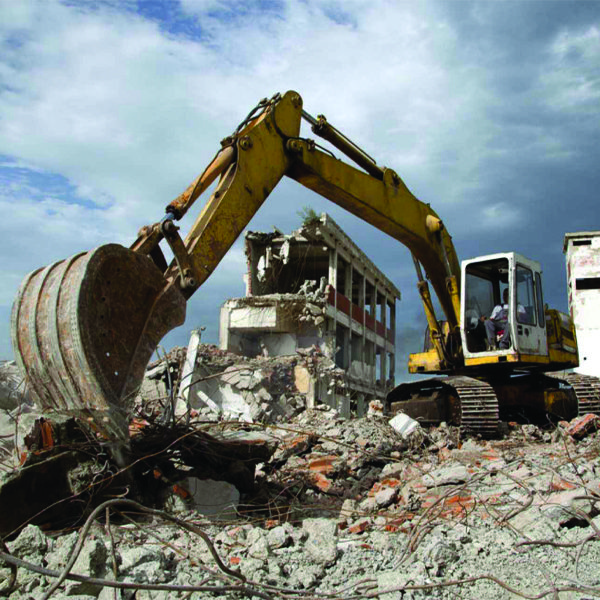Creating Efficient Industrial Workspaces: The Power of Inclusive Design
The design of industrial infrastructure has been confined in a silo in the past, limited to box-type highly functional designs focused on the logistics such as circulation of goods, machinery, workshops, etc, without much consideration given to the users of the space.
In recent years, India has experienced a significant shift in the dynamics of its workforce, with diversity becoming the hallmark of industrial and corporate spaces. This transformation has led to a growing need to design inclusive industrial workspaces that accommodate a wide array of talents, backgrounds, and abilities. By prioritising inclusivity, Indian industries can ensure both social responsibility and enhanced productivity.
Workers in industrial buildings often face inhuman working conditions for long working hours, resulting in physical and psychological problems. Individuals with disabilities, for instance, often encounter barriers in the workplace, such as inaccessible infrastructure, lack of assistive devices, or a lack of awareness about their needs. Similarly, the workforce consists of people with different religious practices who may require spaces for prayer or meditation. Furthermore, the linguistic diversity in India necessitates clear communication in multiple languages and the consideration of different communication styles. Historic scrutiny and criticism of factory labour practices, especially in developing countries such as India, has been an important topic for decades.
However, this dynamic is changing with the newfound focus on inclusivity in design and architecture, forcing designers to rethink the design of industrial buildings to include better conditions for a diverse range of users. India boasts a diverse workforce in terms of age, gender, ethnicity, and abilities, making inclusive industrial workspaces necessary to harness the full potential of this diverse workforce. Inclusive workplaces foster a sense of belonging and engagement among employees, resulting in increased productivity. A diverse workforce brings a variety of perspectives and experiences to the table, which can lead to creative solutions and innovation. In order to make the most of it, companies must focus on design interventions that can make employees feel safe, included and motivated. Design interventions such as ergonomics, accessibility, streamlined circulation and effective communication must be coupled with design strategies that promote physical and mental wellness through breakout spaces, open socialising spaces, ample greenery and natural sunlight, innovative technology and much more.
Designing inclusive and effective industrial workspaces in India is not just a moral imperative; it’s a strategic move that benefits both employees and organisations. Inclusive workspaces are a testament to a company’s commitment to diversity and creating a positive and empowering environment for all employees. Indian industries have the opportunity to lead the way in fostering inclusive industrial spaces that set an example for the world.




